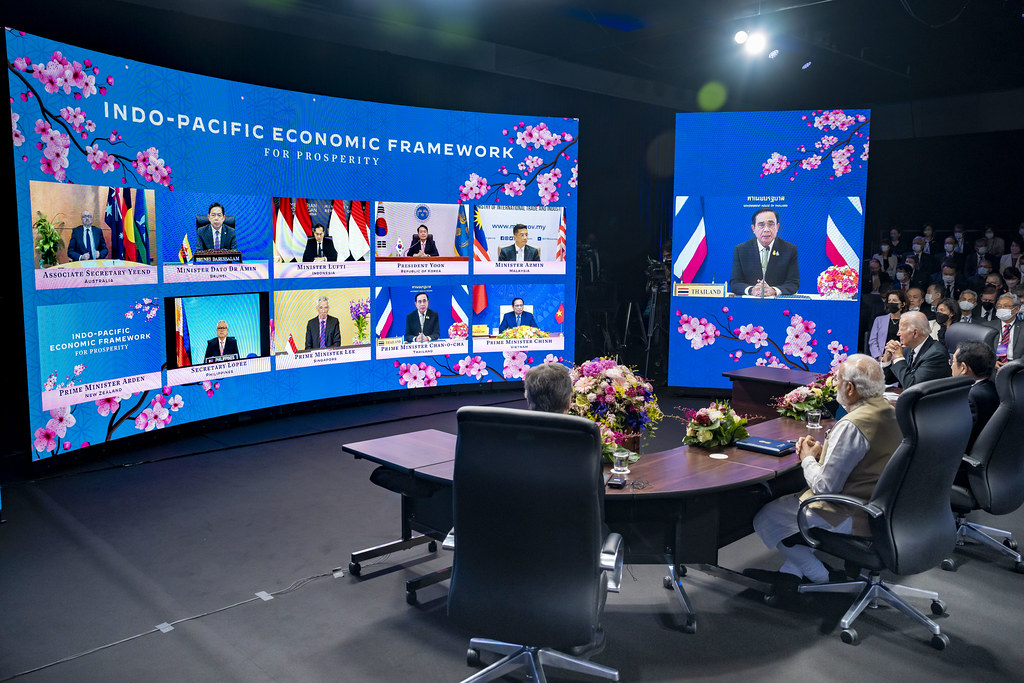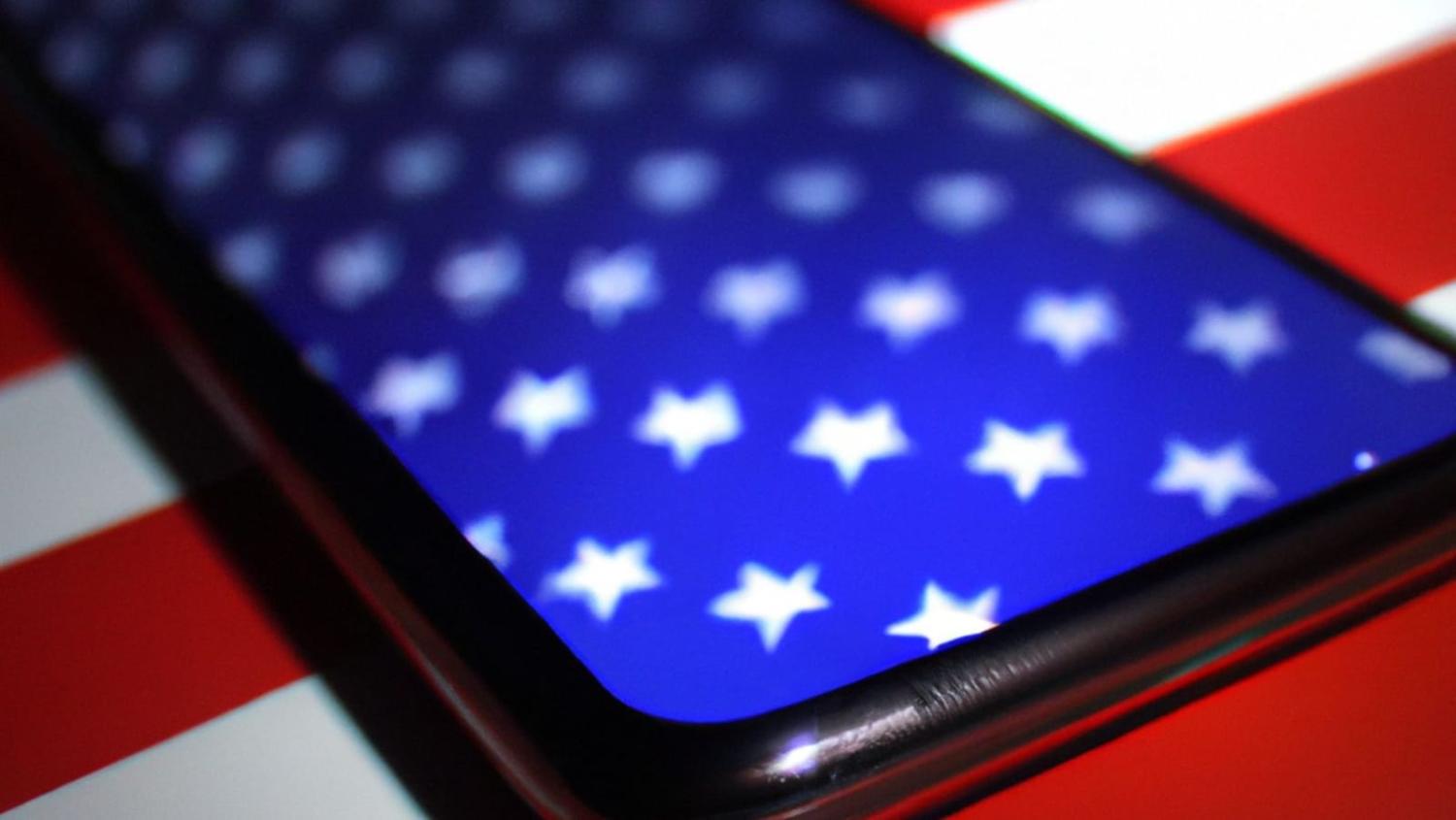Once upon a time, trade policy was a bit dull and the preserve of pointy-headed specialists. Its ends were rarely scrutinised. Its means were obscure to the public and largely exempted from political friction.
Now, however, trade policy is increasingly integral to a nationalist form of “economic statecraft” that has come to define inter-state competition, especially between the United States and China. Consequently, “getting trade policy right” is a highly political question subject to a range of conflicting interests and priorities that make identifying – let alone pursuing – a clear-cut “national interest” all but impossible.
The difficulties of separating economic and strategic policies are unusually acute for the United States.
For example, Donald Trump signalled just how dramatically American priorities can change with the abrupt departure of the United States from negotiations for the Trans-Pacific Partnership (TPP). But American attitudes toward globalisation and neoliberal economics have changed too, and Trump’s possible return highlights just how persistent the theme of American unpredictability is likely to be as it struggles to accommodate competing goals and interests within the fractious world of Washington.
The latest iteration of regional economic statecraft is the Indo-Pacific Economic Framework (IPEF), an initiative that many in the region would struggle to name, let alone benefit from. And the plan has become increasingly tangled with domestic politics, with criticism about the influence of “Big Tech” lobbyists that not only advocated for but literally wrote portions of the IPEF text for the Biden administration. Members of the Democratic Party in Congress are increasingly vocal about the agreement’s failure to protect labour rights and the environment, forcing a promised grand announcement about IPEF at the recent APEC summit in San Francisco to be reined in at the last minute.
As happened with the TPP, which was eventually adopted as the Comprehensive and Progressive Agreement for Trans-Pacific Partnership (CPTPP), the United States has solicited the support of Asian governments for an economic arrangement that is not politically viable for the United States itself. And even if the Biden administration was willing to make IPEF a vessel for worker interests and environmental protections, insisting on either may make the agreement much more difficult for countries in Southeast Asia to accept, especially given that it offers no privileged market access to the United States.

More fundamentally in the context of the United States’ long-term competition with China for regional influence, IPEF is unlikely to change the existing direction of travel. China is already the region’s dominant economic actor and the principal economic partner of all its neighbours.
Enthusiasts of great-power rivalry often overlook that in the decades since the 1997–98 Asian Financial Crisis, Asian governments have constructed a financial and economic architecture that buoys their economic interdependence largely to the exclusion of the United States. The Chiang Mai Initiative for intra-regional currency swapping, the Asian Bond Market Initiative, the Association of Southeast Asian Nations Plus-Three (China, Japan, and South Korea), the ASEAN Surveillance Process, the Northeast Asia Trilateral Cooperation Secretariat, and the Asia-Europe Meeting (ASEM) are just a handful of the arrangements that constitute Asia’s economic order.
China is party to most of them; the United States is party to none of them. And this list excludes the numerous Sino-centric institutions networking the region such as the Belt and Road Initiative, or the Regional Comprehensive Economic Partnership Agreement (RCEP), which excludes the United States but includes all its key regional allies.
The salutary lesson is that America does not run the table on Asian political economy anymore. Pressing trade deals that do little more than insulate American tech oligopolies from the laws and regulations of Asian nations will not restore US primacy or counteract China’s influence. America’s “Build Back a Better World” initiative is a pale imitation of China’s grandiose Belt and Road Initiative, which despite much criticism, has delivered tangible outcomes that are literally cementing China’s place in the Indo-Pacific and beyond.
Unpalatable and unlikely as it may be, perhaps there is something that American policymakers might learn from the Chinese approach. Successful economic statecraft depends more on addressing the key concerns of potential partners: poverty alleviation, transitioning to sustainable economic growth, and delivering useful infrastructure and investment.
But at a time when the United States is distracted by conflicts in the Middle East and Ukraine, not to mention the polarisation of domestic politics, it may prove difficult for American foreign policymakers to move beyond the all too familiar staples of containment and zero-sum competition with its principal rival.
It’s worth remembering the long peace of Asia owed a good deal to the development of cooperative coexistence between the United States and China. Economic interdependence could still be a force for more stable great power relations, and one that would likely be welcomed throughout the Indo-Pacific. Whether any country’s economic statecraft can rise above the short-term national interest may prove to be the defining issue of our time.

